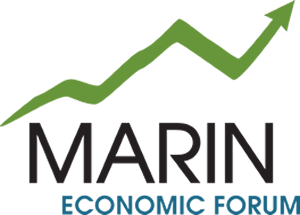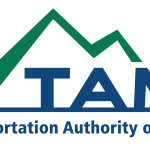7/3 Blog Topic: Labor Shortage is Another “Crisis” Marin Should Be Talking About
July 3, 2019
In May of this year Marin County’s unemployment rate dipped below 2% (1.9%) for the first time in 20 years (also 1.9% in May 1999). If you are an elected official or policymaker the low figure should please you, signaling that almost all your citizens that want a job have a job. Business owners are on the opposite end, fretting over a tight labor market that could mean a raise in wages, prices and potentially lower profits. There is a third category of people that are impacted: residents that rely on local goods and services. Have you noticed an increase in the cost of things lately or has the service at your favorite eatery slumped because they don’t have enough staff?

The Marin Economic Forum has been conducting a “business retention and expansion” (“BRE”) project in Marin County to measure the health of our local businesses. We have already talked with over 40 businesses and without a doubt the #1 issue for all of them is staffing. This is not news for most of you but here is what is newsworthy: the labor shortage bears all the characteristics of another issue we refer to as a “crisis,” housing. Labor, like housing, is a supply and demand issue. Labor, like housing, is tight because there is not enough supply of workers. But here is why I also consider the labor shortage a crisis: Unlike housing, our labor supply is diminishing.
Marin County imports a huge percentage of its workforce (63%) and our population demographics show less than 10% of our residents are aged 18-34. Meanwhile the proportion of older adults, those who will leave the workforce, is growing at an increasing rate. We only have one university and one community college here that graduates an average of 1000 students a year; that is less than 1% of our labor force even if all those graduates got jobs in Marin.
Of concern is that we know the current labor shortage is due in part to lack of housing so one crisis is exacerbating another. Worse, unlike housing, where at least a half-dozen, well-informed advocacy groups are trying to address the issue, there are no leading advocates to address our “labor crisis.” To be fair, the construction industry has acted with new training programs and the Marin County Office of Education is working at the high school level to expedite students into careers should they choose that path. But residents should be aware that we are approaching structural issues with our labor force, including lack of talent and programs to secure a labor pipeline.
Compare Marin with other regions around the country also facing labor and housing shortages and you see more aggressive action: the hospitality sector in Seattle is investing serious money in “upskilling” employees so employers can do more with less, Colorado Springs is filling jobs in manufacturing, IT and child development by providing accelerated training to underemployed and undereducated people in the community, and in Wisconsin, where the population has been stagnant and getting older, the State has invested over $1 million in a marketing campaign to attract millennials from urban centers like Chicago, selling a high quality of outdoor life. These regions were driven to address their labor shortages and did so. What are we doing in Marin? Not enough
Mike Blakeley, CEO
Marin Economic Forum
Tags: blog














